Friday June 14, 2019

Special Event: Mediaweek tour group to ONA19 in New Orleans
Details
Visit: Online News Association 2019 conference (ONA19) in New Orleans.
People in news media from around the world will visit ONA19 for inspiring conversations about the latest trends and best practices in digital media; interactive exhibits to explore new tools; opportunities to connect with influencers, peers and emerging talent and much more.
Mediaweek is organising a small tour group to visit the conference with a stop-over in San Francisco and Silicon Valley.
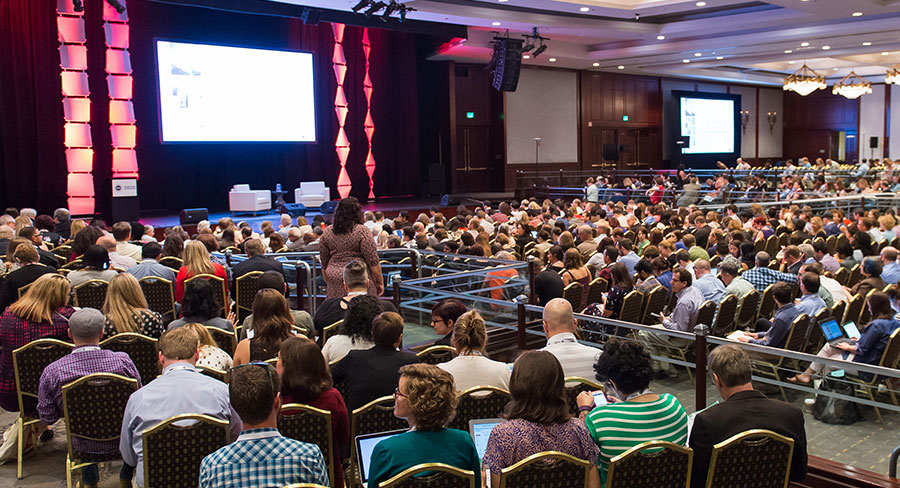
Meet news leaders from all major publishers and broadcasters, hear the latest strategies and developments from Google, Facebook, Twitter, Washington Post, Financial Times, Quartz, Politico, NPR, Vox & more
Dates: Leave Sydney Sunday, September 8, return early Monday, September 16
1 night in San Francisco
2 nights in Silicon Valley
4 nights in New Orleans
Small tour party hosted by Mediaweek editor James Manning
Also traveling with a dedicated concierge to cover all requests.
Cost: $6,950
Includes
All flights economy class Qantas/United
7 nights hotel accommodation with breakfasts
Conference and Awards Night registration
Premium Economy upgrade available +$2000
Send expressions of interest to Garry Farrar at [email protected]
An initial deposit of $1,000 by July 1, 2019, and full payment by July 12, 2019, is required. Tour places will be reserved in the order we receive them.
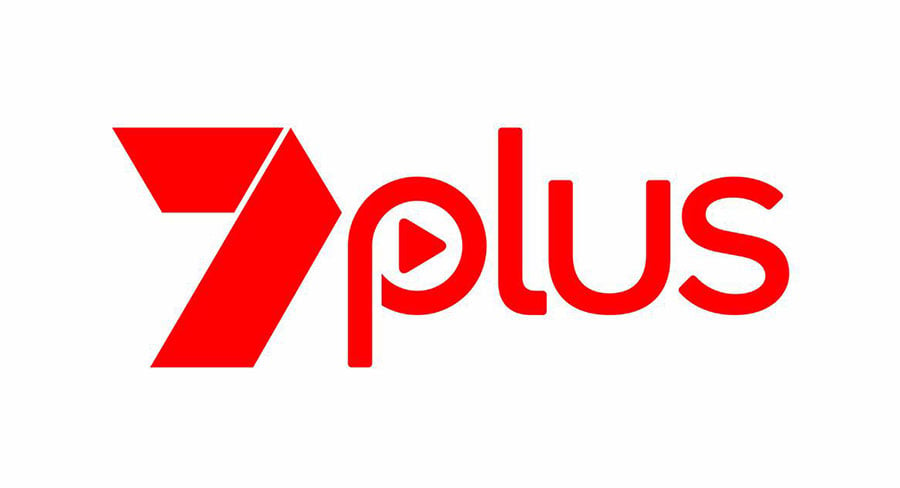
Entertainment Outlook: PwC’s Justin Papps on TV, gaming, print & music
By James Manning
Justin Papps, PwC Australia partner and Entertainment & Media Outlook editor, talks to Mediaweek about some of the highlights from the 18th annual Australian Entertainment & Media Outlook.
Television: Big audiences and BVOD
Free-to-air television still gives marketers the biggest audience hit every evening.
Papps: “If I take something like Lego Masters or The Voice on Nine I’ve got a million plus viewers a night and it’s appointment viewing. I’ve got the family watching it together. There’s still an enormous value proposition that goes with that.
“What broadcasters have done really well is they’ve started again, they’ve started to adapt. The way their BVOD products are coming along is really interesting for what started as a catch up medium.
“The networks hold a lot of great back catalogue, and putting those on the BVOD service is not a high cost for them. but you’re seeing people going back and bingeing old series.
“It’s more than catch up now and that’s why we’re pretty confident in the growth across BVOD. The other thing too is, consumers are conditioned to understand that value exchange, which means they might have to pay. In the way of watching advertising as opposed to hard money. Users get angry every now and then, and that’s okay because they are not paying for the service.”
Interactive games and eSports
The industry is seeing greater revenue-per-user generated by embracing a free-to-play, multiple in-game micro transactions approach. The single upfront cost to purchase a game business model is very much on the decline, reports PwC.
Papps: “The growth is not just fans spending more, it’s attracting a lot more people to the category as well. So remember it’s interactive games and eSports – including the PlayStations, the Xboxes etc, as well as PC gaming.
“What the developers have done is start to create games that have broader appeal. A lot of the hardware that’s being developed whether it’s Nintendo Switch or PlayStation 4 or Xbox or whatever, is creating games that actually have broader appeal. Games that you play with others, as opposed to sitting in the basement playing by yourself.
“Selling content in micro transactions within games is really popular and that’s where there’s quite a bit of growth. Paying for that extra uniform in a game or, the different weapon or a different car or whatever it is. I can choose that content if I want and pay a micro transaction for it. There’s actually a much longer tail in this for the developers than there would have been, as opposed to paying you $100 to get the disk. That is where internet connectivity really helps.”
Consumer magazines decline slowing
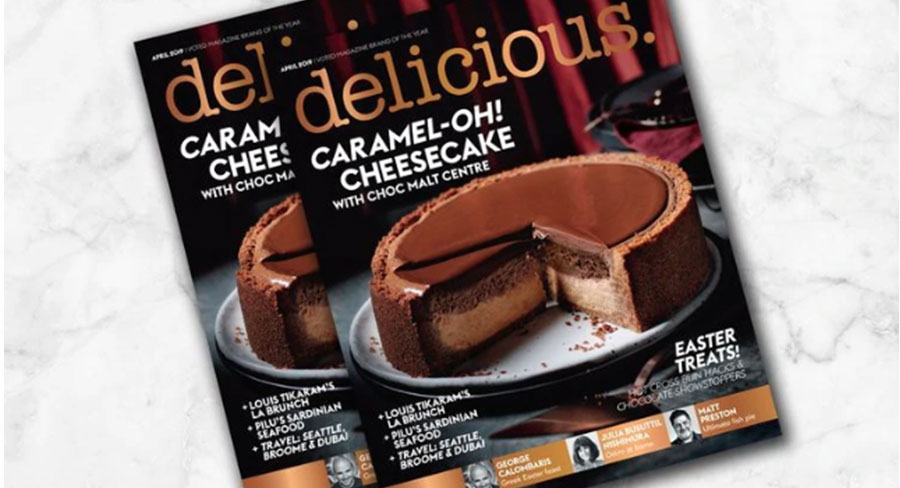
The magazine business is one that has been disrupted so significantly, that defining what is or isn’t a magazine is difficult. For the traditional physical product, growth continues to be elusive, with the scale and frequency of titles unsustainable in an era of ubiquitous access to similar content at zero cost, reports PwC.
Papps: “What consumer magazines have really worked out is that they’re more a lifestyle brand whether it’s consumed in print or otherwise. Not really thinking about it being a print first business is one of the quotes in our report from Pacific’s Gereurd Roberts.
“If you take something like Taste or delicious, I’ll consume that across multiple platforms, I don’t think the only way I’ll consume that is by going to a newsagent and buying a magazine. Slowing the sector decline is more about the fact that publishers have started to get their model right.
“They are thinking, ‘Let’s worry less about circulation and worry more about eyeballs, across multiple platforms’.”
Newspapers become news media
While success of subscription-based models has somewhat offset the decline in print readership, future success within news media will rely on the consolidation of brands and products, the continued introduction of more integrated content models, and new payment models, reports PwC.
Papps: “People are quick to jump on newspapers as a title. If you look at it differently and call it news media, you can take quite a different view. That’s the way they view themselves, they see themselves as news media, whether it’s the Fairfax and Nine deal coming together, having a single newsroom, multiple channels. You look at the work that News Corp is doing around multiple platforms with Hedley Thomas a multi award winner with The Teacher’s Pet podcast.
“Reaching out into podcasting is a part of that news media channel. It turns news into an experience versus just something that’s consumed and then disposed of. People are getting involved in the story, and The Teacher’s Pet is a great example.
“The digital circulation is improving because it means they can cross sell people into an event or a podcast or whatever it might be. That focus on professionally generated content is definitely paying off in this category.”
Music: Impact of streaming
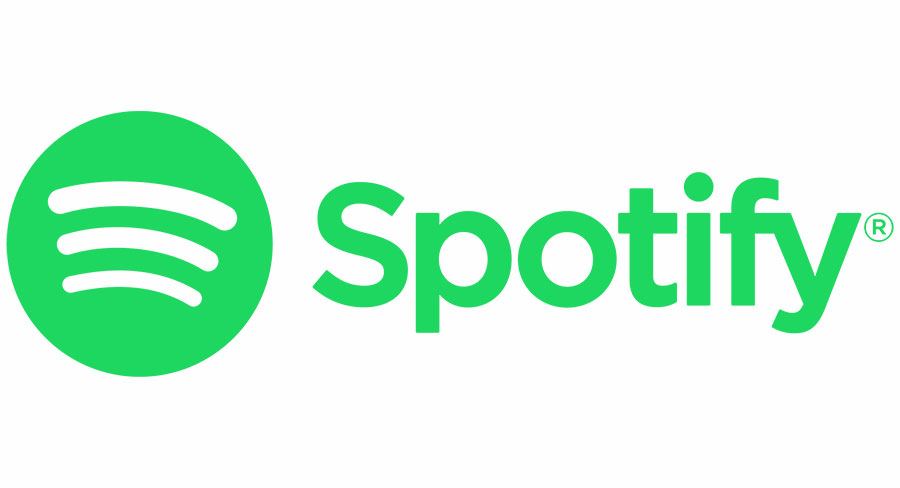
“After navigating through a period of considerable disruption, the industry has reached a period of sustainable growth.” Dan Rosen, chief executive officer, ARIA.
Papps: “Streaming is such a great thing for music in that it gives people different genres to look at and expands their tastes.
“This impacts on why live music works really well – it’s almost like the causality in streaming because artists make so much less money now through sales. They need to make money somewhere else, so they’ve got to get out on the road.
“The net winner in that is the consumer. They can stream content much cheaper than they could going out and buying albums. It also means artists have to get out on the road to earn their own money so consumers are more likely to see them live which is always a good outcome for the music fan.”
For further information on the Australian Entertainment & Media Outlook 2019-23 visit here.
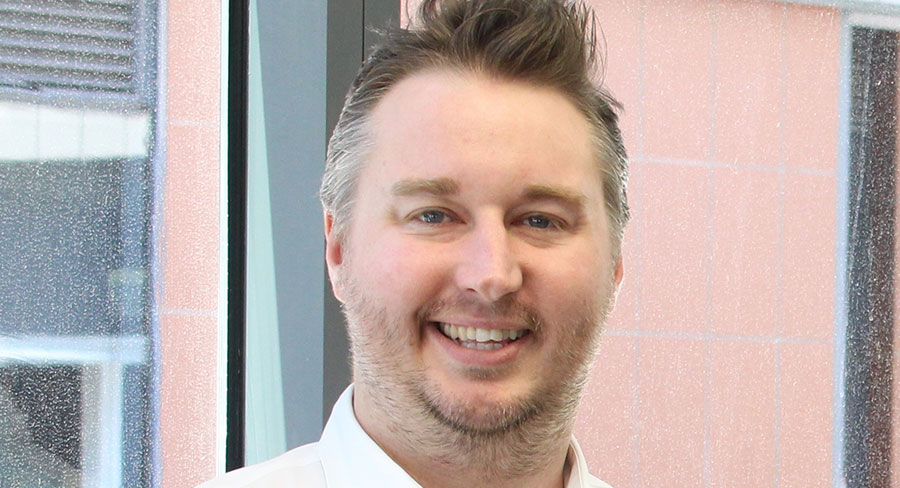
Spark Foundry’s Craig Cooper: Video remains core choice for brands
In 1941, when the first television advertisement aired in the United States (for a price of $9!), no one would have guessed it would be the beginning of an industry we know today; worth a cool $140 billion globally. For nearly 80 years, TV has been a powerhouse advertising vehicle but this past week, we’ve witnessed some interesting discussions around the health of the television industry. However one thing remains clear – video is still the most powerful and effective advertising channel to drive a real emotional connection with consumers.
The value of aligning with premium video content
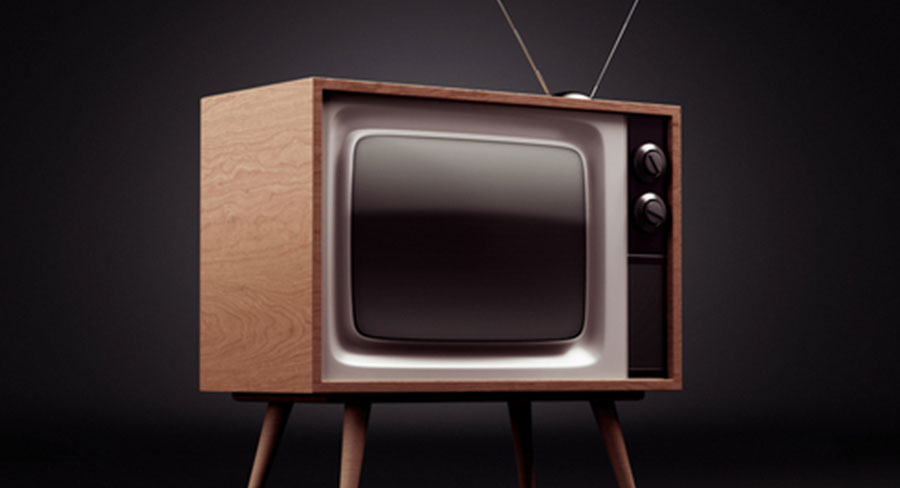
Video will remain a core choice for any brand wanting to reach consumers at scale in a brand-safe environment, and there has never been a better time to align with premium video content. It attracts the world’s best actors and directors, showcases key sporting and special event programming, and still continues to drive conversations and recommendations within consumers’ social circles.
People love talking about video content, and that will never change… let’s not even bring up the Game of Thrones final episode! Video content has the ability to evoke reactions from the full spectrum of emotions; be it laughter, tears, shock, anger or frustration. Many of these reactions also shift into social media channels, fuelling even more engagement with the video content.
Byron Sharp, the godfather of modern marketing principles, states that a brand needs to reach as many possible category buyers with its message, while mental availability (or salience) is also of vital importance over a longer-term period. A brand needs to build and enforce positive memory structures for it to be considered by consumers, and video is by far the easiest and quickest way to build these; embracing the full use of audio and visual cues.
The powerful combination of TV and online video content
The media channels that cater for video are varied but predominately include free-to-air TV, subscription TV, online video and cinema. Each have worthy roles to play in a brand’s marketing programme but in Binet & Fields’ latest analysis using the Institute of Practitioners in Advertising (IPA) Databank, they overwhelmingly prove that television and online video are the most powerful combination for effectiveness; twice as powerful than any other combination of media channels. This proves that embracing a video neutral reach planning process across video platforms will deliver brand success.
The impact of changing media consumption habits
A lot has changed in video media planning since the days of buying a single “roadblock” spot in each free-to-air network’s Sunday night movie and reaching over 80% of Australians. TV stations and audiences have fragmented, which has led to gradual declines in mainstream audiences. Combined with the explosion of streaming services, consumers are overwhelmed with content choice.
However with all this change, we know that Australians still consume an average of 2+ hours a day of video on their main television unit, and 60% of this viewing is on the free-to-air TV signal. That equates to 10 million+ daily captive viewers.
In 2016, the Australian television industry unified with the creation of the trade body, ThinkTV; a sister body to ThinkBox in the UK. It has strengthened the TV industry by delivering conclusive and Ebiquity-verified evidence of the channels’ ability to drive significant ROI, as well as delivering much stronger recall versus other media.
Despite several years of free-to-air audience decline, the power of ThinkTV should not be underestimated, as the television industry has delivered relatively no advertising spend decline year on year.
But have they done enough to future proof the industry?
The TV networks have certainly banded together under the banner of ThinkTV, and as a result are far less competitive against each other. But the threat of streaming services, with their ease of access onto the big screen at home and a mountain of original and quality content is very real. Scarily, most homes now have an average of 6.6 video-enabled devices. With the introduction of Apple TV, Chromecast and Smart TVs, the video landscape has (and continues to) dramatically evolve.
The free-to-air catch-up platforms or BVOD (in Australia being 7 Plus, 9 Now, TenPlay and SBS on demand) are growing in reach and importance; collectively capturing 8 million+ Australians per month. These online video platforms should be by default included as part of a brand’s video strategy to drive incremental reach, especially to reach light TV viewers, and in particular those in the younger demographic profiles – all still in a brand safe environment.
But our current measurement systems have been lacking and need to quickly deliver a universal measurement of linear and digital audiences. This year saw the launch of OzTAM VOZ, an integrated audience database that could be the nirvana of this hybrid video approach, but only time will tell.
The challenge of creating brand-safe video content platforms
We also need to consider if Facebook, YouTube or other short-form video content platforms (AVOD) belong in a brand’s video content mix. The audience data would suggest they should, but the two biggest players in this space have had their share of privacy, targeting and data breaches.
For a brand caught within non-safe video content spaces, the potential damage to their public image is huge, and has led to several global clients making the decision to remove these platforms from their marketing plans altogether.
The potential of hyper targeting at scale is a big opportunity, and something the BVOD market is still attempting to achieve. If platforms in the AVOD area can put in place real safeguards that protect brands, they could easily siphon significant video revenues in the future.
The video landscape has fundamentally changed, but it doesn’t mean that video still isn’t the best choice for brands wanting to retain or recruit future consumers. Television networks are far from being made obsolete. Instead, they should see this new video world as a huge opportunity, as they aim to capture their audiences on any device through their various ecosystems. As consumer viewing behaviour continues to transform, so must the TV industry.
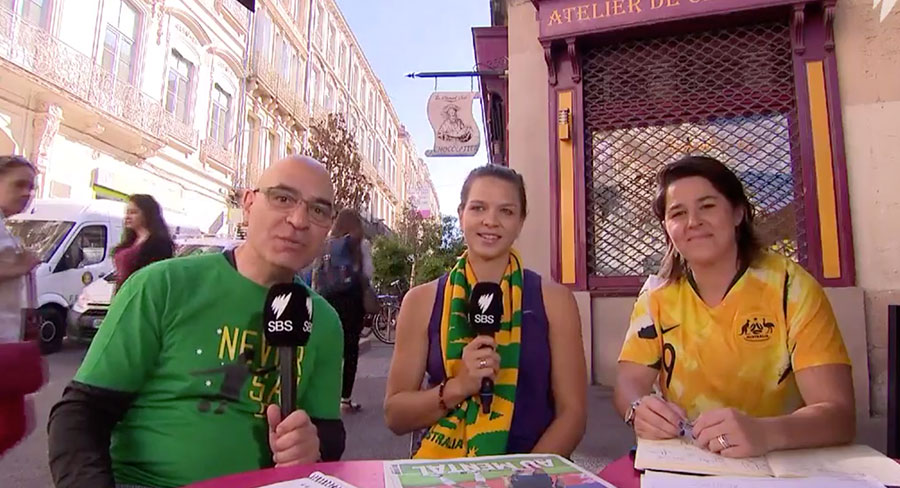
Twitter & SBS partner for exclusive FIFA Women’s World Cup content
SBS will live stream #WorldGameLIVE exclusively on Twitter each match day (24 shows, in total) during the tournament. The show, hosted by David Basheer and Sarah Walsh in France, and Craig Foster and Tracey Holmes in Sydney, features a range of match actions, previews, recaps and the best Twitter highlights. The series kicked off over the long weekend with 30,000 football fans connecting with the live show post Matildas’ loss to Italy.
In addition to the live show, fans can enjoy near-live video clips from the tournament’s first whistle right through to the final, including key match highlights, interviews with players and coaches, and official press conference clips, via @TheWorldGame on Twitter.
Visa, TAB and Defence Force Australia have all come on board as sponsors for the near-live clips.
“Our partnership with SBS has gone from strength to strength in the past few years, so we’re thrilled to be working with them again around one of the biggest moments in the sporting calendar,” said Angus Keene, Head of Revenue Partnerships, Twitter Australia. “The sporting community continues to grow on Twitter and we know Aussie fans are hungry for World Cup content.”
Ken Shipp, SBS Director of Sports commented: “We’re thrilled to be able to showcase the best of international women’s football to Australian audiences. Our partnership with Twitter means we can extend our broadcast experience beyond TV to create exciting experiences for fans. We received positive feedback from our partnership with Twitter last year following our men’s World Cup partnership, and know Australians are just as keen for content for this year’s tournament.”
The partnership follows a successful collaboration with SBS last year to broadcast the #WorldGameLIVE show and video highlights around the FIFA World Cup 2018. Over the month-long tournament, SBS broadcast 23 shows with the live streams reaching 1.5 million views.

GroupM adspend forecast: Global +3.4%, Australia has soft start
Most notably, GroupM forecasts +3.4% growth in 2019, or +4.6% on an underlying basis (which excludes political advertising in the United States).
For 2020, the report forecasts a slight acceleration on an underlying basis, with a forecast of +4.7% growth. Adding in political advertising in the United States, total global growth will be more like +6.0%. Globally, the US is a key driver of the industry’s ongoing expansion, but so too are China, Brazil, India and the UK. Digital advertising continues to be the largest growth medium across markets.
“While the economic foundations supporting the advertising industry are somewhat fragile at this time, growth trends are holding up for now,” said Brian Wieser, global president of business intelligence, GroupM.
Notable trends: The US, China, Brazil, India and UK lead the pack
Looking at significant contributors to overall global growth, the US, China, Brazil, India and the UK collectively account for well over half of growth in 2019 and 2020.
China, which represents one-sixth of global advertising, expects +5.6% growth in 2020. Brazil also stands out for its reversal from a -0.9% predicted decline in 2019 to a +6.1% gain in 2020, despite mixed conditions for its overall economy. India expects double-digit growth in 2019 (+14%) and 2020 (+13%), making it set to surpass Australia and Canada by next year as the world’s eighth-largest ad market. As for the UK, growth of more than +6.1% this year, and +4.6% next, makes the world’s fourth-largest ad market one of the healthiest despite the uncertainties surrounding Brexit.
Digital is Unstoppable But Deceleration is Evident
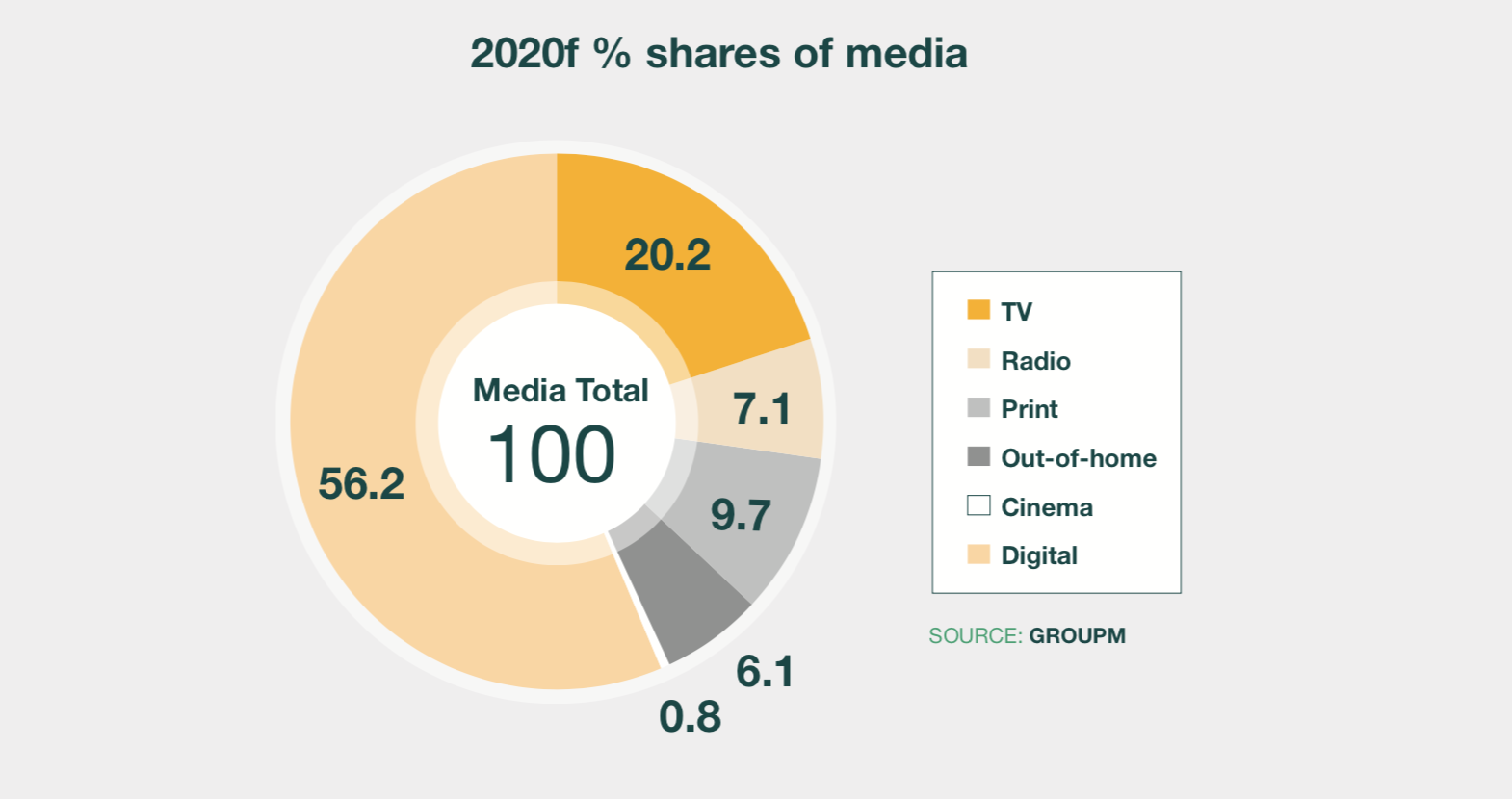
Unsurprisingly, internet related activity dominates the global advertising marketplace, capturing 50% of the world’s advertising spending in 2020, double its 25% share from 2014. However, as digital media continues to mature, GroupM predicts its share of spending will eventually plateau. As a result, growth will ultimately decelerate with each passing year to eventually converge with global averages.
TV, Print, Outdoor and Radio continue to underperform
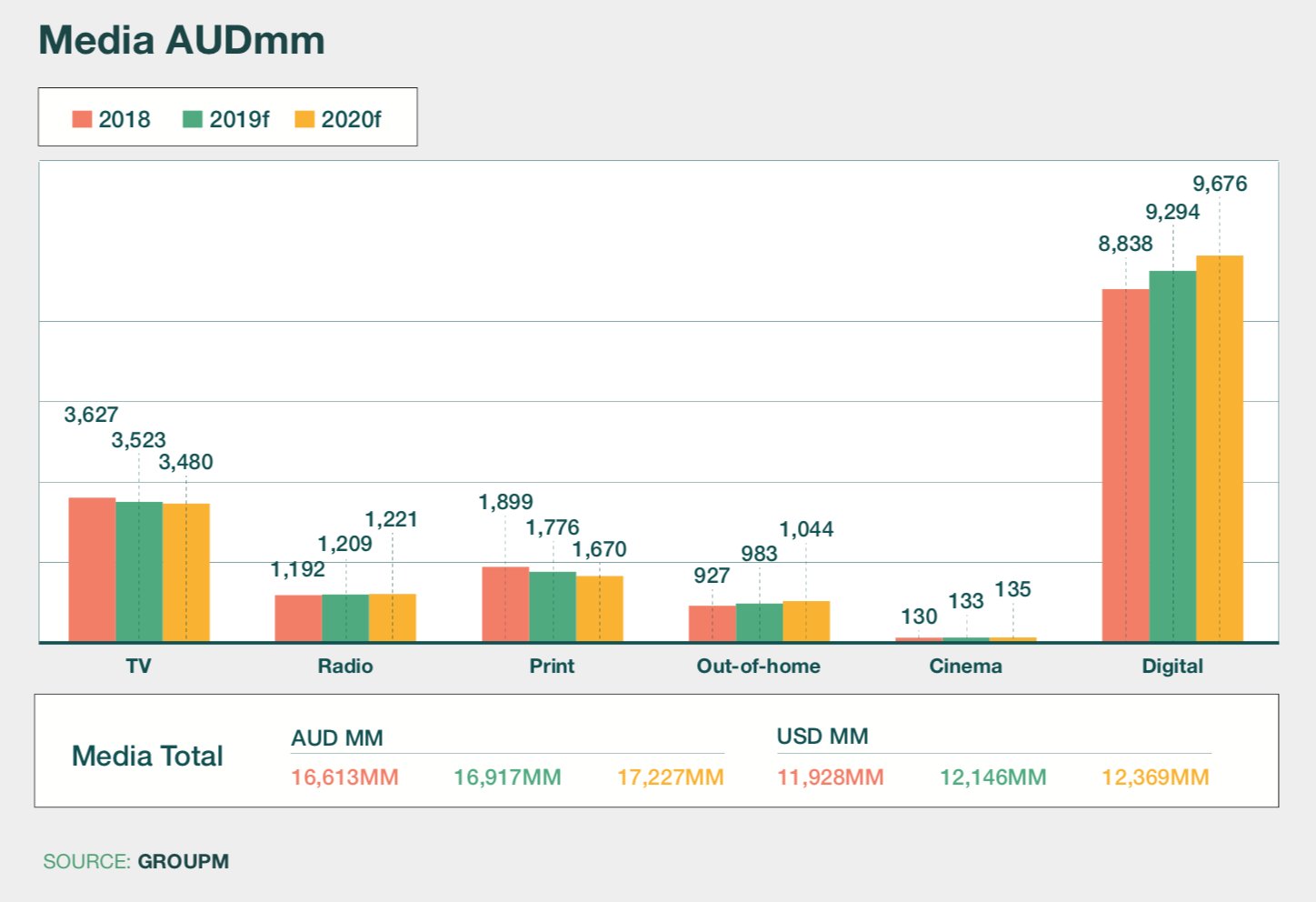
Television, set to account for 30% of advertising in 2020, has lost share over time as growth has essentially flattened. Worldwide, GroupM expects the medium to fall -3.0% in 2019 before rising in 2020 by +1.5%. This volatility is primarily due to activity in the United States, which represents 36% of the world’s total TV advertising, also heavily impacted by political advertising. Conversely, and unsurprisingly, newspapers are set to decline again in 2019 and 2020, down -9.3% and -5.8% respectively, amounting to only $38 billion in ad revenue. Newspapers represent 6.0% of the world’s total advertising, down from 34% 20 years ago.
Australia media market highlights
The market was buoyant in the first half of 2018 (+7.2%), driven by increased spending across the Top 10 categories. However, growth throughout the second half of 2018 declined to +3.6%, delivering an overall final annual position of +5.3%. The two biggest spending categories, automotive and retail, showed record pre-Christmas spends, delivering double-digit growth in Q4.
However, the decrease in consumer and business confidence has resulted in a soft start to 2019, not helped by the hard comparable of the 2018 Winter Olympics. The largest category, automotive, is expected to decrease as new car sales decline due to economic uncertainty. Uncertainty is also affecting spending in retail supermarkets, food and restaurants. However, the federal election and Tokyo Olympics will stimulate the market in 2019 and 2020, respectively.
While growth is still anticipated, the demand outlook forecast has contracted given the economic uncertainty both globally and locally.
Linear television networks have confronted the increased competition from global VOD providers by investing in automated technology. The average Australian home has more than six screens. With viewing fragmenting across devices, the industry has supported changes in measurement to deliver cross-screen viewing estimates to deliver advertisers true incremental reach figures.
Out-of-home is one of the biggest growth channels. It returned 10.8% growth in 2018, with good momentum expected to continue due to innovation in areas such as geolocation and targeting by facial or car recognition or real-time traffic data. The medium has seen significant recent consolidation, fuelling investment in data capabilities and digital inventory. Digital now represents 51% of all outdoor bookings.
Radio is expected to continue to expand by adding social content, talent and podcasts. All major radio networks are investing significantly in their podcast operations.
While actual print publications decreased by 10% in 2018, news organisations responded to consumer needs with digital news media increasing by 8.7% YOY. This trend will continue as publishers focus on their core attributes and the strength of their brands and premium content to remain relevant and viable. National titles are successfully monetising their subscriptions and internal restructures are delivering quality cross- platform campaign solutions including social and video to clients
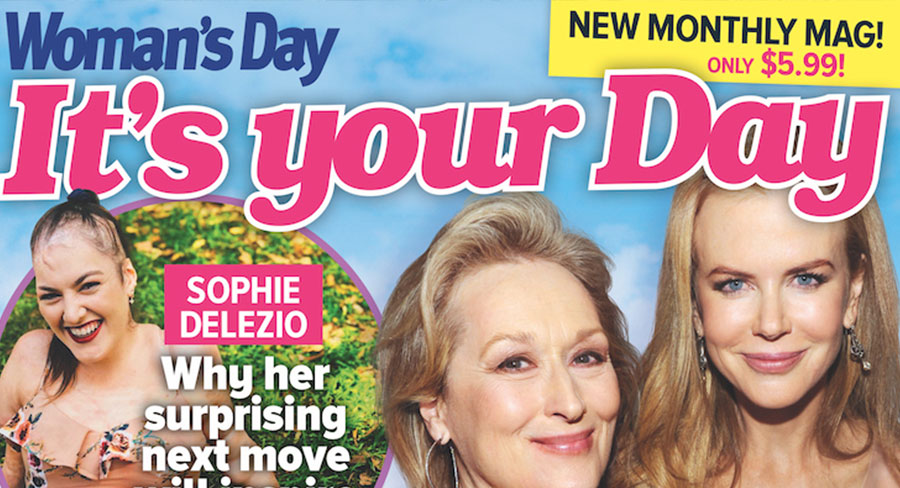
Magazine Rack returns! It’s Your Day launch issue – worth $5.99?
Most people in the sector would welcome this major launch. Bauer Media competitors because any launch publicity provides consumers with a reason to check the magazine racks at their newsagent or supermarket.
Retailers are also happy to have more activity around one of their key categories.
Newsagent and blogger Mark Fletcher posted this week on his Newsagency Blog:
“The launch tomorrow of It’s Your Day by Bauer Media is important for newsagents as this new title targets a demographic that is key to our channel – women 35+. This is the demo that spends the most on cards, visits most often and connects best with the newsagency channel.
“The launch of It’s Your Day by Bauer provides us with an opportunity to re-up our pitch to this high-value newsagency shopper, to deepen the connection and leverage the launch activity.
“We don’t see many magazine launches from major publishers. This launch is important, a valuable investment in print. In some respects, how it goes in our channel is up to us.”
Here is Mediaweek’s thoughts about the new magazine:
Title: It’s Your Day from Bauer Media.
Cost: $5.99 (Had to pay cash in Sydney newsagent, credit cards only for $10 or more. Can this impact magazine sales as many now favour going cashless?)
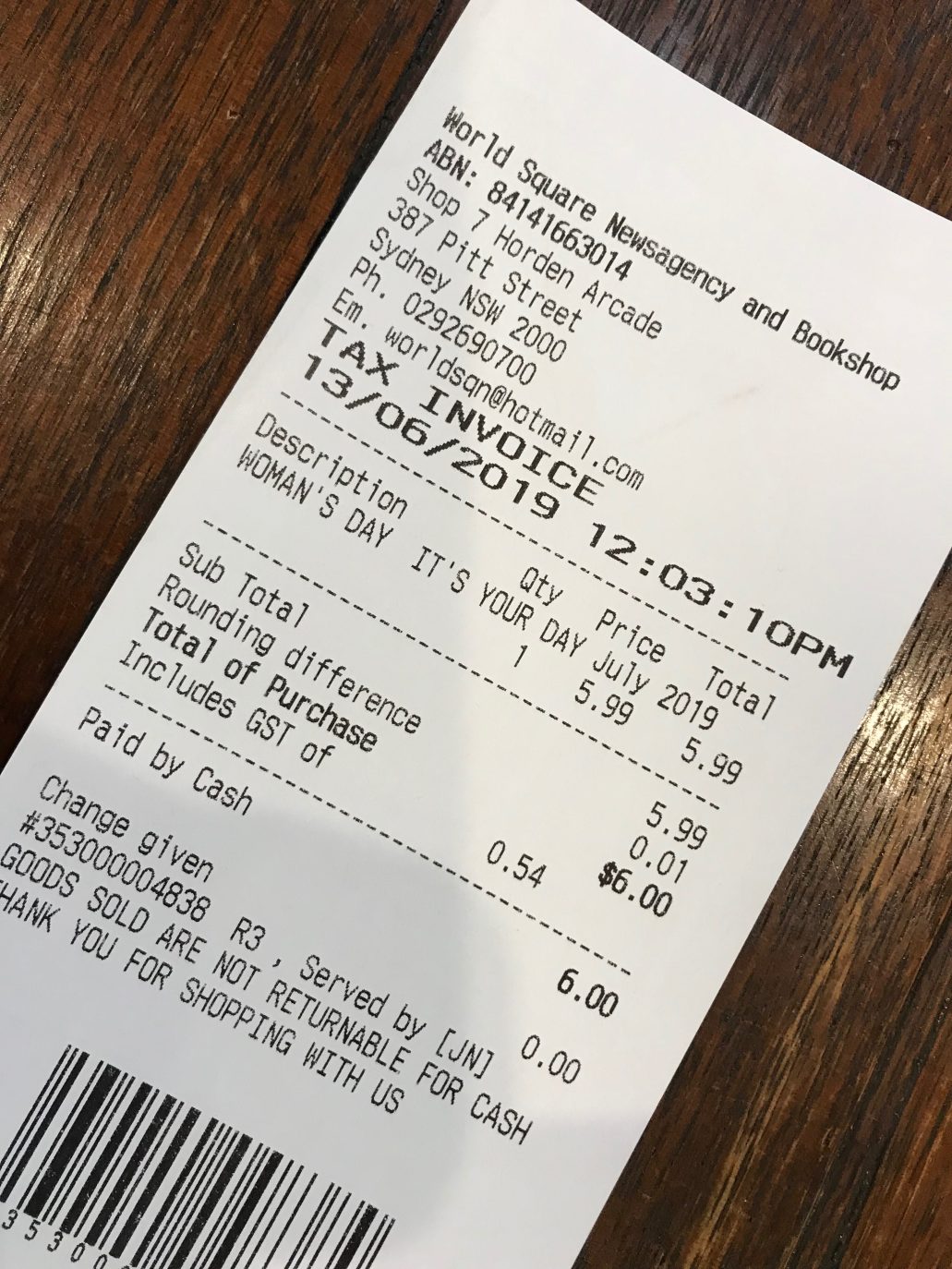
Value: 108 pages.
Ad load: 6 pages – all Bauer Media house ads for Woman’s Day, TV Week Logies and cook books.
Welcome letter: Editor-in-chief Fiona Connolly welcomes new readers and writes about travelling around Australia and speaking with women about what they would want in a new magazine. She asks for readers to send their feedback. Bauer Media is offering $1,000 to one of the people sending their comments to the supplied email address.
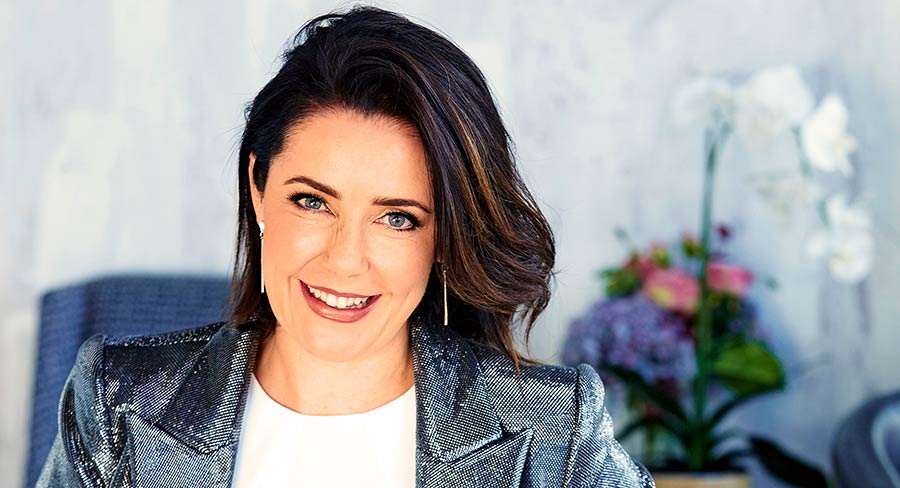
Fiona Connolly
Cover story: A busy cover flags six stories and features three images. Main cover lines and photos are for Meryl & Nicole.
Contents: Spreads over two pages listing 30 separate features. There are then 11 separate listings for regular items that will feature in every issue. Seems great value for $5.99.
What’s missing: Pages of paparazzi photos of celebrities. But that’s a good thing and something that makes It’s Your Day different.
Contributor’s names are tucked away but there is some talent in this team including writing from Wendy Squires and Phillip Koch. Nice photos from Ross Coffey who’s a veteran in this sector.
Charlie Albone writes on gardening, with the magazine calling him its “resident guru”.
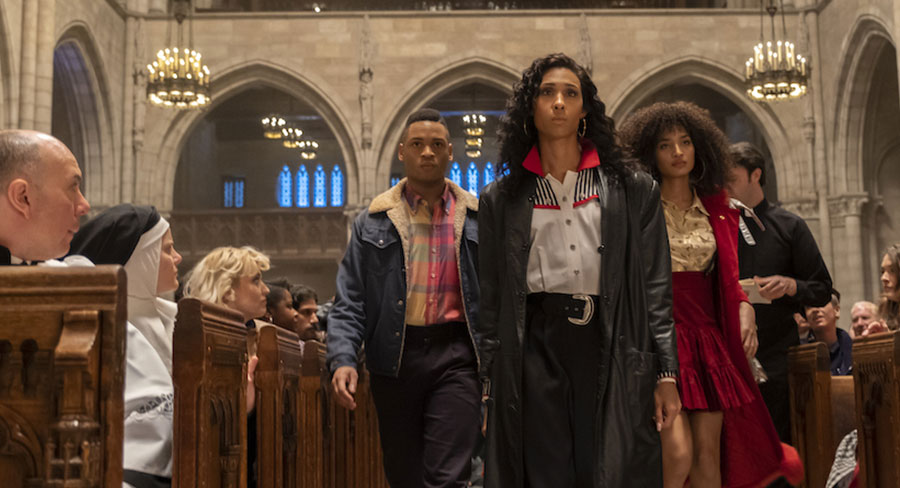
Mercado on TV: Pushing the limits in most explicit teen drama ever
By Andrew Mercado
Saucy stuff for 1974 and the Australian Broadcasting Control Board was quick to tell Seven that wasn’t allowed in a G rated timeslot. Forty-five years later, however, Euphoria (9.30pm Monday on FoxShowcase) pushes the limits of its MA15+ rating and becomes the most explicit teen drama ever made.
Class of 74 begat The Restless Years (1977 – 81) where school leavers often ended up working as hookers for the evil Rita Merrick (Joy Chambers). In Euphoria, sex work in the internet era requires no pimp or madam, and everyone has a fetish. HBO has always loved a good dose of sex and nudity, but without Game Of Thrones, Euphoria will garner controversy by showing multiple penis shoots, but without any female full frontal nudity … yet.
Euphoria owes a nod to those that blazed the way for it. The UK’s Grange Hill (1978 – 2008), the longest running teen drama of all time, Canada’s Degrassi franchise (1987 – 2019), Skins (UK and US version) and our own Heartbreak High (1994 – 1999) all pushed boundaries for their time by including serious social issues. Euphoria takes all that to the next level, with a Bret Easton Ellis vibe and a non-stop rap soundtrack, probably thanks to executive produce Drake, who once starred on Degrassi: The Next Generation. And according to Euphoria, today’s generation are into porn, vaping and boys not wearing shirts.
It is also a long way from Beverly Hills, 90210, which is coming back with the original cast to play “heightened versions of themselves” in BH 90210. Good luck with that, but it sounds very pale in comparison to Netflix which is awash with its own raunchy teen dramas Riverdale, Sex Education and 13 Reasons Why.
Disney fans are used to teen actresses “growing up quickly” so Zendaya playing a drug addict in Euphoria won’t shock too many. But Grey’s Anatomy fans may not be prepared for what Eric Dane gets up to with trans teen Jules (Hunter Schafer). Less shocking is the second season of Pose (Sunday of FoxShowcase), which still has the biggest trans cast on TV but has now time-jumped to the summer of 1990 when Madonna released Vogue. Pose is about family but Euphoria needs to figure out what it is going to be after the shock value wears off.
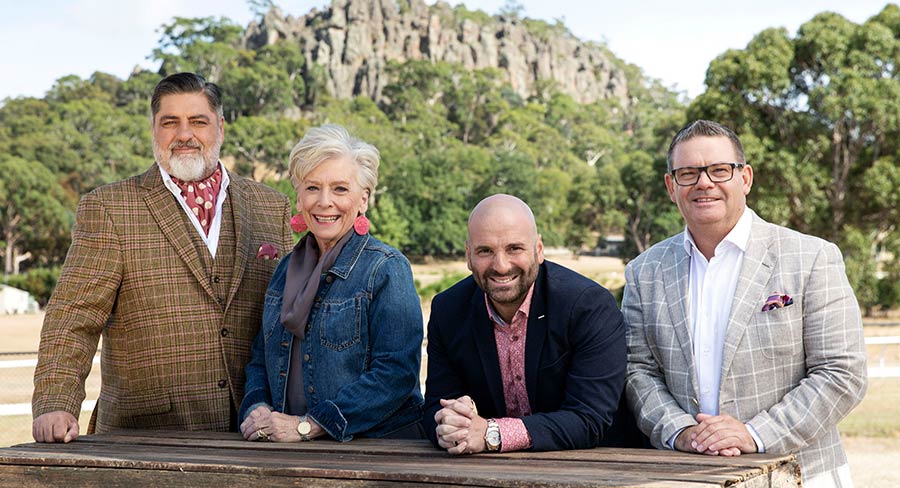
TV Ratings Analysis: June 13
Thursday Week 24 2019
By James Manning
• Seven News 994,000/918,000
• Nine News 880,000/826,000
• A Current Affair 678,000
• ABC News 623,000
• 7.30 376,000
• The Project 252,000/403,000
• 10 News First 379,000
• The Drum 187,000
• SBS World News 113,000
Breakfast TV
• Sunrise 275,000
•Today 188,000
Seven
Home And Away episodes on offer varied around the network with live AFL on the primary channel in Melbourne and Adelaide. The average network audience was 575,000 after three nights close to 700,000 earlier in the week.
Britain’s Got Talent screened in all markets at very different times with 303,000 watching.
The AFL Thursday clash between Adelaide and Richmond was on 622,000 with 341,000 in Melbourne.
Nine
A Current Affair did 678,000, which was down on its previous lowest this week of 781,000.
Thursday night NRL returned after a break during Origin week. The Raiders played the Sharks with 325,000 watching – 203,000 in Sydney and 103,000 in Brisbane.
10
Queen singer Adam Lambert was a guest on The Project after 7pm, talking about Bohemian Rhapsody and singing for the classic rock outfit. And who knew he had a bit part in the movie! The episode was on 403,000.
After joining the judges and contestants on the MasterChef team challenge at Hanging Rock last night, Maggie Beer was back for the elimination challenge. After 565,000 last week, this week’s Thursday episode was on 663,000.
The first of three new episodes of Lune Media’s Taboo then did 309,000. When an episode screened during Pilot Week it did 277,000. Host Harley Breen certainly did the heavy lifting during a media blitz over the past couple of weeks.
ABC
Escape From The City did 343,000 with home hunters looking for a property around Rutherglen in northern Victoria.
Episode four of Press then did 127,000.
SBS
Walking Britain’s Lost Railways travelled along the former Somerset to Dorset line with 193,000 watching.
A double episode of The Handmaid’s Tale followed with 156,000 watching after 259,000 a week ago.
Week 24 TV: Thursday
| THURSDAY METRO | |||||||||
|---|---|---|---|---|---|---|---|---|---|
| ABC | Seven | Nine | 10 | SBS | |||||
| ABC | 8.7% | 7 | 25.8% | 9 | 16.5% | 10 | 12.3% | SBS One | 4.5% |
| ABC KIDS/ ABC COMEDY | 2.7% | 7TWO | 4.5% | GO! | 2.4% | 10 Bold | 4.3% | VICELAND | 1.3% |
| ABC ME | 0.9% | 7mate | 5.3% | GEM | 1.2% | 10 Peach | 2.3% | Food Net | 1.2% |
| ABC NEWS | 1.5% | 7flix | 2.0% | 9Life | 1.7% | NITV | 0.1% | ||
| 7Food | 0.8% | ||||||||
| TOTAL | 13.9% | 38.4% | 21.8% | 18.9% | 7.1% | ||||
| THURSDAY REGIONAL | |||||||||
|---|---|---|---|---|---|---|---|---|---|
| ABC | Seven Affiliates | Nine Affiliates | 10 Affiliates | SBS | |||||
| ABC | 9.6% | 7 | 22.5% | 9 | 16.1% | WIN | 10.3% | SBS One | 4.3% |
| ABC KIDS/ ABC COMEDY | 2.9% | 7TWO | 7.0% | GO! | 2.6% | WIN Bold | 4.3% | VICELAND | 1.6% |
| ABC ME | 1.1% | 7mate | 4.0% | GEM | 1.9% | WIN Peach | 2.0% | Food Net | 1.1% |
| ABC NEWS | 1.3% | 7flix (Excl. Tas/WA) | 3.0% | 9Life | 2.2% | Sky News on WIN | 1.3% | NITV | 0.2% |
| 7food (QLD only) | 0.9% | ||||||||
| TOTAL | 14.9% | 37.3% | 22.7% | 17.9% | 7.1% | ||||
| THURSDAY METRO ALL TV | |||||||||
|---|---|---|---|---|---|---|---|---|---|
| FTA | STV | ||||||||
| 83.3% | 16.7% | ||||||||
THURSDAY FTA
- Seven News Seven 994,000
- Seven News / Today Tonight Seven 918,000
- Nine News Nine 880,000
- Nine News 6:30 Nine 826,000
- A Current Affair Nine 678,000
- MasterChef Australia 10 663,000
- ABC News ABC 623,000
- Seven’s AFL: Thursday Night Football Seven 622,000
- The Chase Australia Seven 602,000
- Home And Away Seven 575,000
- Hot Seat Nine 521,000
- The Project 7pm 10 403,000
- 10 News First 10 379,000
- The Chase Australia-5pm Seven 377,000
- 7.30 ABC 376,000
- Seven’s AFL: Thursday Night Football – Pre Match Seven 350,000
- Escape From The City ABC 343,000
- Hot Seat -5pm Nine 313,000
- Taboo 10 309,000
- Sammy J ABC 307,000
Demo Top 5
16-39 Top Five
- MasterChef Australia 10 178,000
- Seven’s AFL: Thursday Night Football Seven 150,000
- Seven News / Today Tonight Seven 114,000
- Seven News Seven 113,000
- Home And Away Seven 111,000
18-49 Top Five
- MasterChef Australia 10 291,000
- Seven’s AFL: Thursday Night Football Seven 254,000
- Seven News Seven 207,000
- Seven News / Today Tonight Seven 207,000
- Nine News Nine 205,000
25-54 Top Five
- MasterChef Australia 10 324,000
- Seven’s AFL: Thursday Night Football Seven 269,000
- Seven News Seven 264,000
- Nine News Nine 259,000
- Seven News / Today Tonight Seven 254,000
THURSDAY Multichannel
- Bluey AM ABCKIDS/COMEDY 236,000
- Peppa Pig AM ABCKIDS/COMEDY 182,000
- Dino Dana ABCKIDS/COMEDY 172,000
- Rusty Rivets ABCKIDS/COMEDY 167,000
- Peter Rabbit ABCKIDS/COMEDY 157,000
- Octonauts ABCKIDS/COMEDY 156,000
- Peppa Pig PM ABCKIDS/COMEDY 147,000
- Andy’s Safari Adventures ABCKIDS/COMEDY 146,000
- Floogals ABCKIDS/COMEDY 142,000
- Molly And Mack PM ABCKIDS/COMEDY 141,000
- PJ Masks AM ABCKIDS/COMEDY 138,000
- Bluey ABCKIDS/COMEDY 137,000
- Fireman Sam PM ABCKIDS/COMEDY 136,000
- NCIS (R) 10 Bold 135,000
- Hawaii Five-O (R) 10 Bold 135,000
- Father Brown PM 7TWO 133,000
- School Of Roars PM ABCKIDS/COMEDY 131,000
- Hawaii Five-O Ep 2 (R) 10 Bold 131,000
- A Touch Of Frost PM 7TWO 128,000
- Bob The Builder PM ABCKIDS/COMEDY 126,000
THURSDAY STV
- Live: AFL Adelaide V Richmond FOX FOOTY 215,000
- Live: NRL Raiders V Sharks FOX LEAGUE 197,000
- Live: The Late Show With Matty Johns FOX LEAGUE 87,000
- Aussie Gold Hunters Discovery Channel 75,000
- Live: Thursday Night Footy On Fox FOX FOOTY 67,000
- Live: NRL Thursday Night League FOX LEAGUE 56,000
- Credlin Sky News Live 54,000
- The Bolt Report Sky News Live 54,000
- Shetland BBC First 44,000
- Paul Murray Live Sky News Live 42,000
- Gold Rush: Parker’s Trail Discovery Channel 41,000
- Crazy Rich Asians Foxtel Movies Premiere 40,000
- Live: Thursday Night Footy On Fox FOX FOOTY 33,000
- Phil Spencer’s 100 Homes Lifestyle Channel 32,000
- Selling Houses Australia Lifestyle Channel 31,000
- Blue Bloods TVH!TS 30,000
- PML Later Sky News Live 28,000
- Live: World Cup Pre-Game FOX CRICKET 28,000
- NCIS TVH!TS 28,000
- Family Guy FOX8 27,000
Shares all people, 6pm-midnight, Overnight (Live and AsLive), Audience numbers FTA metro, Sub TV national
Source: OzTAM and Regional TAM 2018. The Data may not be reproduced, published or communicated (electronically or in hard copy) without the prior written consent of OzTAM
Media News Roundup
Business of Media
Clark Kirby appointed Village CEO as family feud boils
Clark Kirby will take the reins as chief executive of Village Roadshow from long-time boss Graham Burke on January 1 next year. Clark will also remain in his role as chief executive of Village’s theme parks arm. Executive search firm Egon Zehnder had been hired conduct a global search for a new chief executive, but that will now be cancelled.
Clark Kirby said he would be working closely with Burke and hoped Thursday’s announcement will provide certainty and stability for Village.
Thursday’s announcement means Robert Kirby will step aside for an independent chairman, but he will remain on the board as an executive director.
Alternative assault charges to be filed against actor Craig McLachlan
McLachlan is to face a three-week contested hearing in Melbourne Magistrates Court from November 18 on seven charges of indecent assault, one of common assault and one of attempted indecent assault.
The charges relate to the period between April 26 and July 13, 2014, when McLachlan was in Melbourne performing in The Rocky Horror Picture Show.
An actress who performed in the stage show has previously alleged she was indecently assaulted by McLachlan, who played the role of Frank-N-Furter.
McLachlan, 53, is yet to formally enter a plea but his lawyers have told court hearings he denied the charges and would plead not guilty. He was excused from attending Thursday’s hearing.
His lawyer, Damian Sheales, told the court “what is alleged is denied”, but even if the charges were proven, the conduct didn’t amount to indecent assault.
McLachlan has denied the allegations against him and has begun defamation action against The Age, The Sydney Morning Herald, the ABC and one actress over news reports last year that alleged he engaged in sexual harassment and indecent assault during the production.
The defamation trial has been postponed until the criminal proceedings are finished.
News Brands
Seven fails to stop Aboriginal group’s Sunrise defamation lawsuit
Yolngu woman Kathy Mununggurr and 14 others from the remote Northern Territory community of Yirrkala are suing Channel Seven for defamation over a controversial breakfast show segment.
The lawsuit alleges that the Sunrise program defamed the applicants by playing slightly blurred background footage of them during a controversial panel discussion which aired in March 2018.
TV presenter Samantha Armytage introduced the Hot Topics segment by incorrectly stating that Aboriginal children at “risk of rape, assault and neglect” could not be adopted by white families.
Conservative commentator Prue MacSween suggested they should be taken from their families “just like the first Stolen Generation” and broadcaster Ben Davis agreed.
Whistleblower acted ‘as a patriot’, does not regret leaks
David McBride, 55, has been committed to stand trial over a charge of theft of commonwealth property, three counts of breaching the Defence Act and one count of unauthorised disclosure of information.
He has pleaded not guilty to all charges, which carry a maximum penalty of life imprisonment.
Speaking outside court, McBride said he stood by his decision to leak the secret documents to ABC journalists Dan Oakes, Andrew Clark and Chris Masters.
Two Melbourne television journos in court ‘contact’
Two rival stations’ Melbourne journalists were allegedly caught up in unintentional “contact” outside court, reports News Corp’s Jeff Whalley.
Costello allegedly collided with Seven News reporter Vella outside Melbourne Magistrates’ court.
The incident unfolded as journalists crowded around Georgia May Gibson, who had just been cleared of sharing an explicit video of Dane Swan.
One person at the scene told the Herald Sun as Costello jostled for position, he gave Vella a “fair old hip and shoulder” and also had a run-in with the Seven cameraman.
The reporter herself was ready to move along last night, telling the Herald Sun: “Seb apologised and that’s the end of it”.
After the Herald Sun reported the incident online on Thursday afternoon, Costello took to the airwaves to discuss the matter. He characterised the incident as a “clash”.
“I should have had more awareness and I’ve apologised for that,” he told the ABC. “And I am sorry I wish it didn’t happen like that.”
“Sometimes in the middle of covering stories you kind of lose your sense of where you are because you get a bit blinkered and that happened this morning.”
Radio
Is an AFL legend and broadcaster on the way out at SEN?
Understandably KB was less than impressed when Hutchison brought in Gerard Whateley from the ABC to replace him in the coveted morning slot despite the Richmond champion’s strong ratings.
The tension has been bubbling along behind-the-scenes over a range of issues including the games – or lack of them – which KB has been used as caller as well as commercial differences in relation to his program.
KB’s contract is up at the end of the year and by mutual agreement it won’t be renewed with speculation his drive show – which is co-hosted by Dr Turf (aka John Rothfield) – could be pulled at the end of the AFL season.
Sports Media
News Corp backs Queensland bid to host 2032 Olympic Games
Tourism Minister Kate Jones yesterday told 500 industry movers and shakers at The Courier-Mail’s Future Tourism lunch that Palaszczuk has written to the PM “in regards to how do we work together and really understanding what their commitment is”.
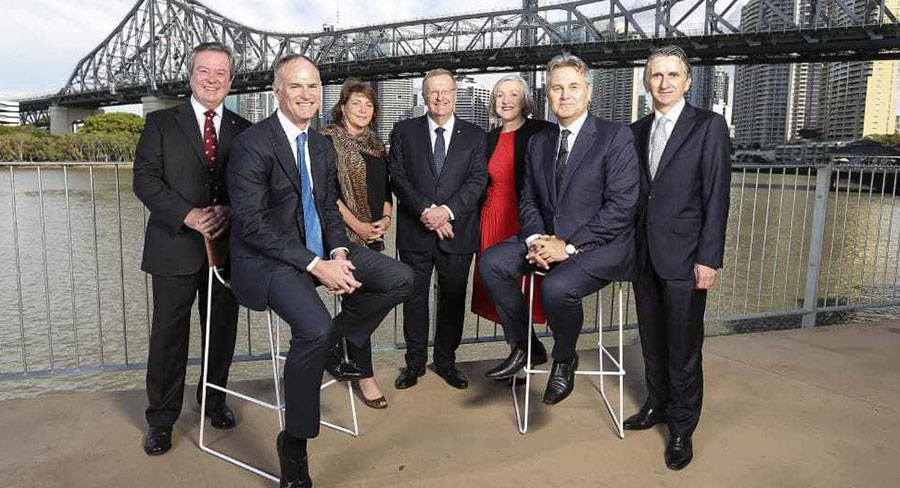
As The Courier-Mail reported yesterday, rule changes to go before the IOC on June 26, will allow a Future Host Commission to recommend a 2032 host to be named as soon as next July – 12 years before the event.
Australian Olympic Committee president John Coates detailed how a deal with the NBC network in the US, delivering the IOC $US2.3 billion ($3.3 billion) every four years up to and including 2032 would help ensure an SEQ event broke even.
News Corp Australasia executive chairman Michael Miller said aiming for the 2032 Olympics was a big ambition.
“Success will change the city irrevocably. It will mean changes to roads and rail, to arts and culture, to retail and restaurants. Hosting an Olympics is an opportunity which stretches way beyond the parameters of a 14-day sporting contest,” Miller said.
Photo: The Star Entertainment Group chairman John O’Neill, News Corp Australasia executive chairman Michael Miller, Spicers Retreats founder Jude Turner, Australian Olympic Committee president John Coates, Tourism and Events Queensland chief executive Leanne Coddington, demographer Bernard Salt and Queensland Tourism Industry Council chief executive Daniel Gshwind. Picture: Mark Cranitch/News Corp
